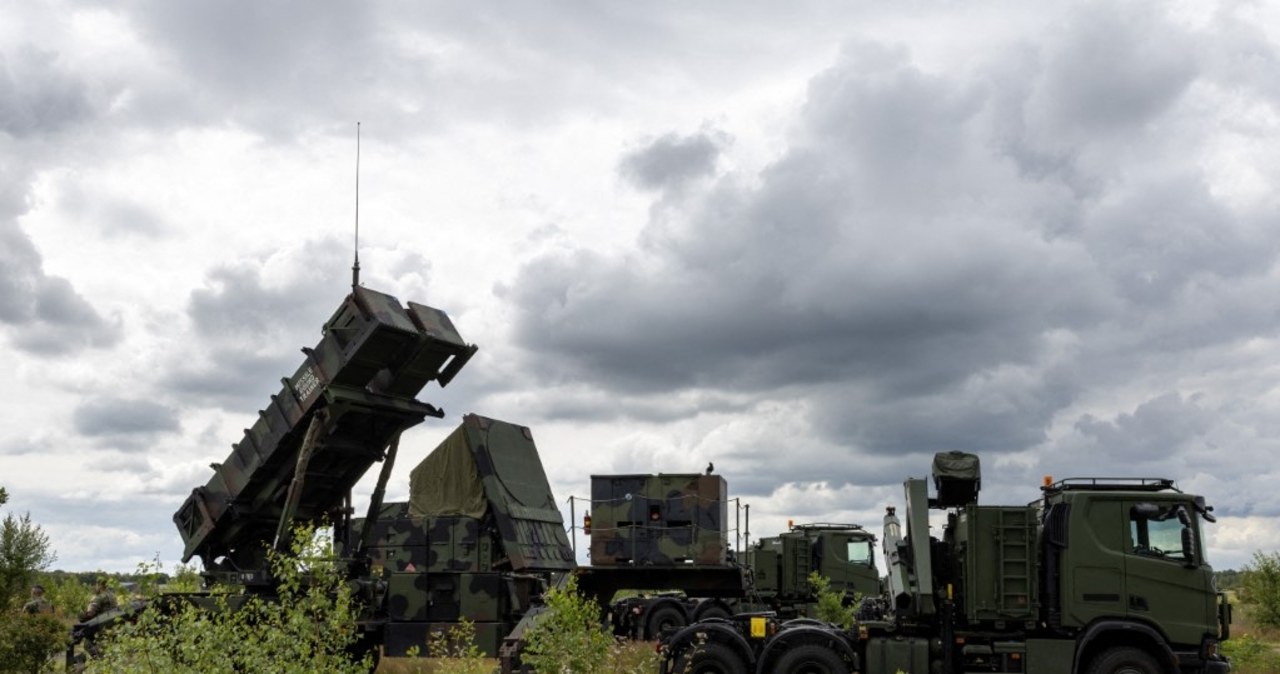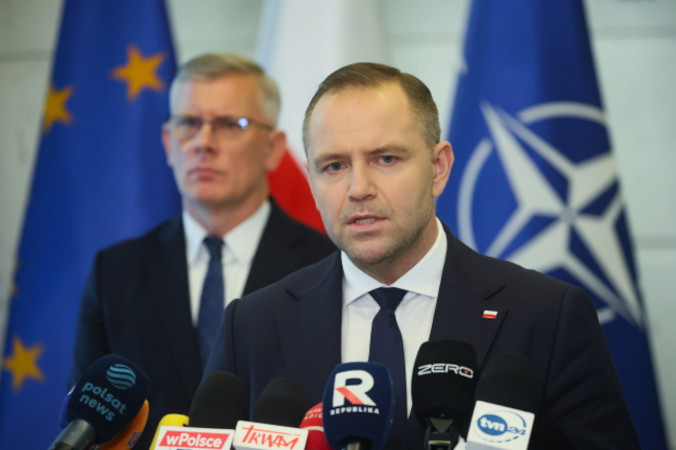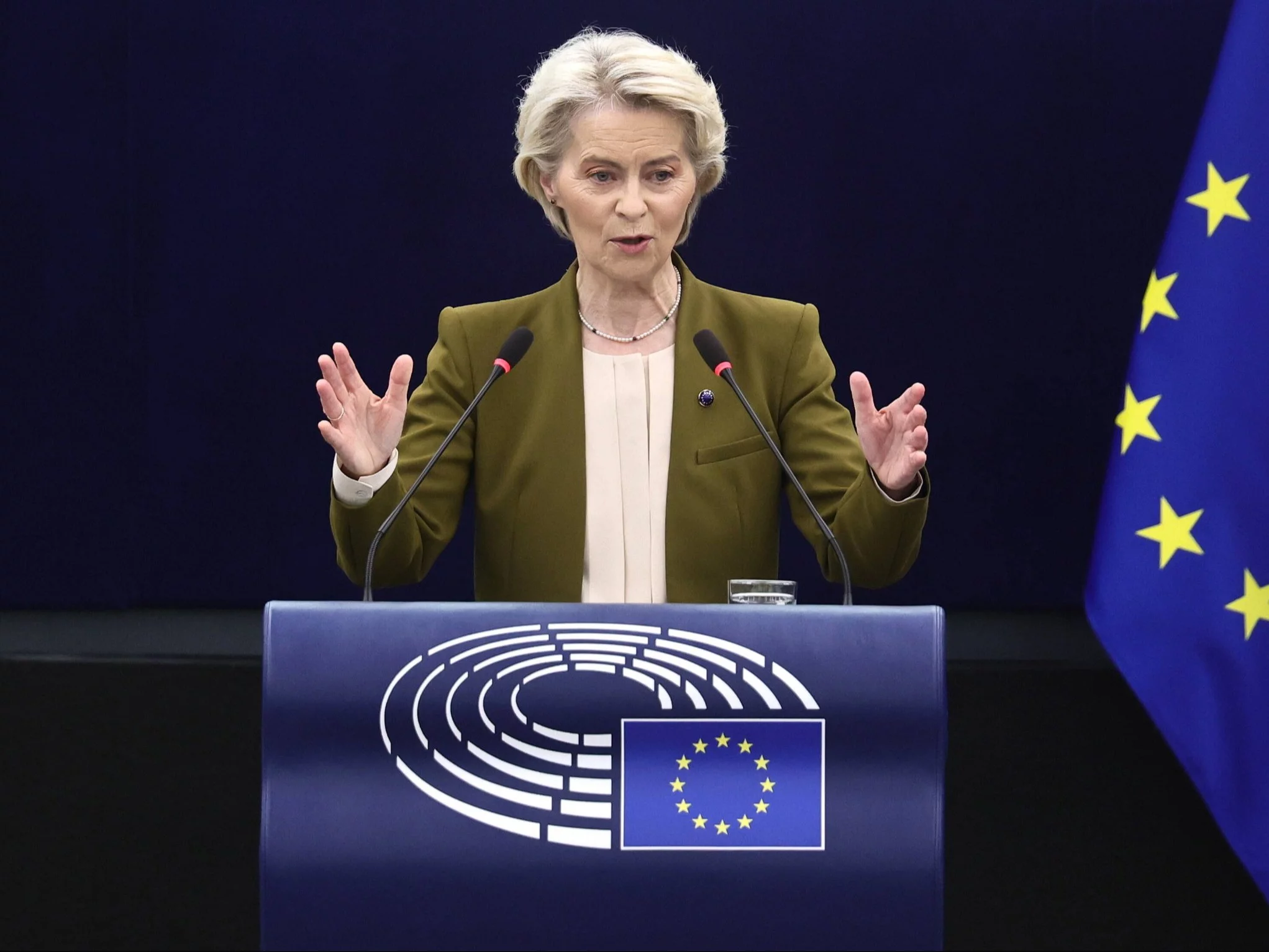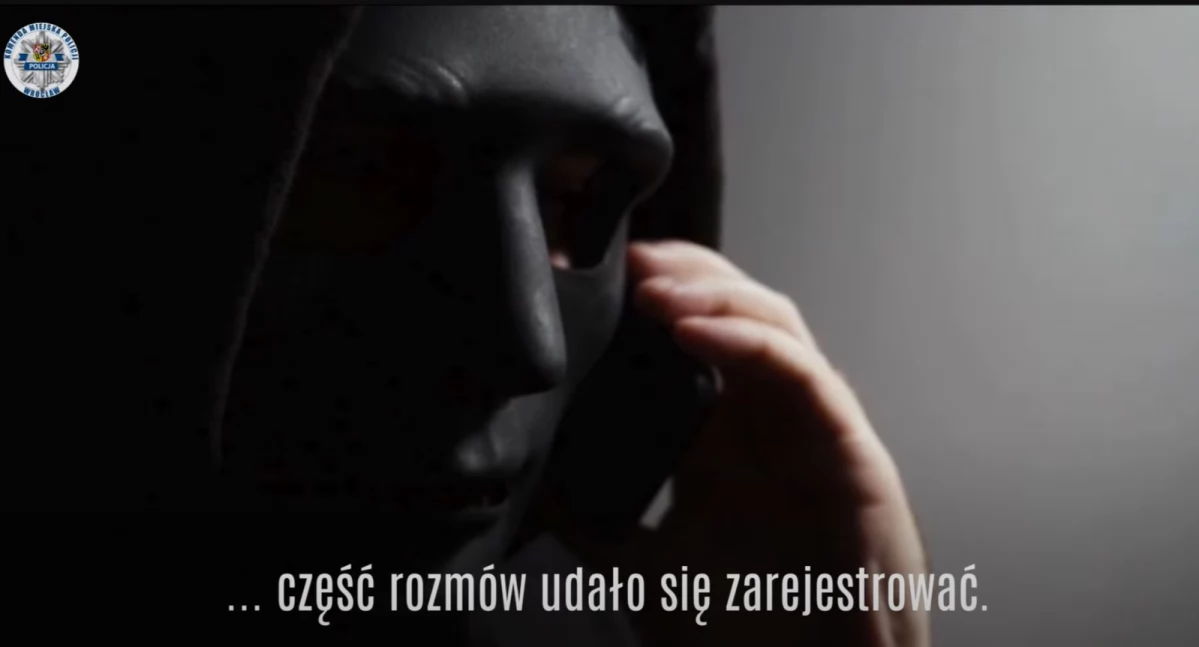The subject of the erstwhile East Prussia, which is today's Warmia-Masurian Voivodeship, has late attracted large interest from historians and publicists.
Unfortunately, this passage of our past (1945-1946) is frequently utilized by the alleged historical policymakers to practice a circumstantial Schadenfreude. So the only thing that any people are curious in is rapes of women (not added to the better effect, that on German), robbery and arson. With a word of wildness from the East, she attacked... In fact, it is frequently not known at all that at that time these were not Polish territories, but the 3rd Reich (such descriptions can be read on the IPN pages!), which makes it easy to accomplish the basic goal – convince the reader that it was a russian invasion of Poland. That's what it looks like, unfortunately.
However, the fact is brutal, unfortunately for past correctors completely different. East Prussia was 1 of the most hitlerized districts of the 3rd Reich, including the Mazury population, which collectively supported not only Hitler but began to identify with the German. These territories Poland would never have had a chance to gain unless the Red Army won over the 3rd Reich and Stalin's decisions. So focusing on the issue of Red Army brutality, which is, of course, true, is simply a distraction. The Red Army was peculiarly violent in these areas, due to the fact that these were the first German lands to which it entered and where it was possible to retaliate for the first time. Yes, this must be noted, but the focus of attention only on this is any strange, perverse procedure. What does that come from? As in the case of indigenous lands, Polish historians a la IPN cannot indicate this kind of behaviour on a mass scale (they were treated as the territory of an allied state), and in east Prussia so, hence specified a perversion.
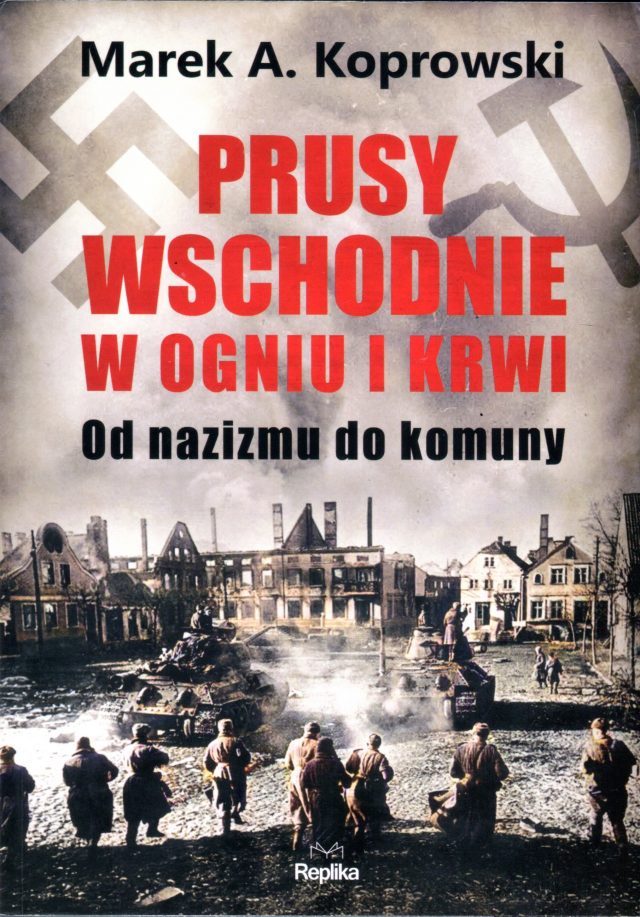
In the past East Prussia (i.e. Polish Wars and Mazury) is much more interesting to show the process of hunting these lands, their development, their contribution to the work of many organizations and communities, including communists. This postulate fundamentally meets Mark Koprowski's book, focusing on this effort. I have only 1 critical remark – 1 could have spared the subtitle of this book, “From Nazism to Communion”. I omit its triviality, it is in addition false, due to the fact that it was the way from Germany to Poland and it had to be killed first. Finally, the ending part of the book:
‘Of course, not all Masurians and Warmiars have left their household land. Most of all, there were those who felt Poles, specified as: Maria Ziennara-Malewska, Karol Malek, Gustav Leyding, Bohdan Wilamowski, Emilia Sucertowa-Biedrawin and many, many others who never forgot that they were autochthons, while Poles and equally served tiny and large homelands. Hieronim Skurpski did this highly long due to the fact that he was born in 1914 in Skurpiu and died in Olsztyn in 2006.
The undersigned had the honour of gathering him at the office of the Association of Lake Districts founded by him, close the Olsztyn castle, where Mr. He lived in it, acting as manager of the Mazury Museum in Olsztyn. He was active for the remainder of his life and was eager to meet with journalists, sharing his cognition about the latest past of Warmia and Mazur, which he had huge. He was 1 of those who co-created it. But he remained an highly modest man. Even though he is no longer among us, his works bear witness to him, proving unmistakably that he deserves a good memory. All the more so, that in Germany there are works that pro-Polish Mazurians call self-proclaimed or usurpers, having no mandate to deal with Masuria matters during planet War II. That's what Joachim Rogali says. Andreas Kossert calls a group of Mazurs who advocated the Polish “renegade” which was rightly sought by Gestapo due to the fact that they were preparing the connection of Mazur to future Poland. Among these renegades are: Charles and Edward Malków, Eugene Piecha, Wilhel-mina Malek, Jerzy Burski, Hieronim Skurpski, Bohdan Wilamowski, Walter Late, Gustav Leyding, Frederick Leyk, Emil Leyk and Jan Szczech. The author is somewhat right that they did not represent all Mazury. However, he forgets that the pro-German attitude of the Mazurs was the consequence of an angry Germanization policy towards them during the interwar period, coupled with economical violence, intensified after Hitler came to power. He besides forgets that activists from the conspiratorial Mazury Union wanted to save their countrymen from the “red fight”, writing “on behalf of the full Mazury population”, that “Mazury is Poland”.
Jan Engelgard
Marek A. Koprowski, "East Prussia in fire in blood. From Nazism to Communion”, Replika Publishing House, Poznań 2023, p. 366.
photo. Olsztyn in 1945: https://olsztyn.ap.gov.pl/olsztyn-na-photography-in-years-1945-1989
Think Poland, No. 43-44 (22-29.10.2023)


